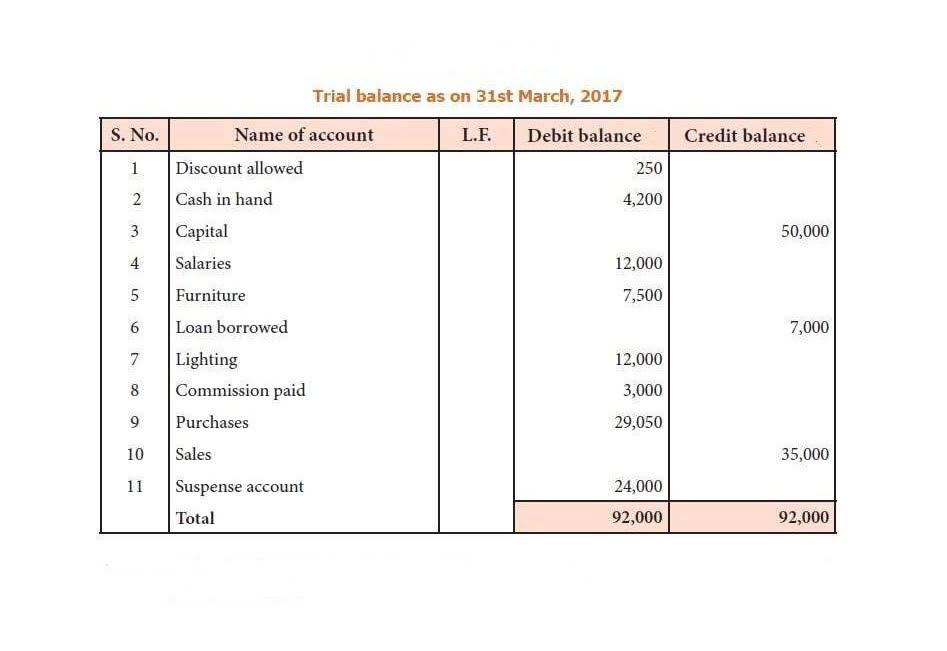
The T-account for your Revenue shows 100 dollars on the right. (Revenue accounts are increased with credits.) You’ve got 100 dollars on the left and 100 dollars on the right in your two T accounts, so they’re in balance. T-accounts are built directly from the data in your general ledger. Each time a journal entry is posted, the corresponding T-accounts are automatically updated behind the scenes. The Balance b/f shown above is the actual closing balance of the bank account (a debit balance). This is postedto the Cash T-account on t accounts example the debit side beneath the January 17transaction.
Bank’s Debits and Credits
For example, when a company borrows $1,000 from a bank, the transaction will affect the bookkeeping for cleaning business company’s Cash account and the company’s Notes Payable account. When the company repays the bank loan, the Cash account and the Notes Payable account are also involved. With Deskera you can effortlessly manage and oversee your invoices, credit notes, business expenses, financial reports all in one place.
Editorial Process
In the world of business, there’s a critical distinction between different types of profit that can impact decisions at every level. It’s not balance sheet just a number; it’s a reflection of your business’s financial health and market positioning. Manually maintaining T-accounts for every transaction can be impractical for large organisations with thousands of entries. Every transaction is recorded in at least two places, reducing the likelihood of missing entries. When books don’t balance, T-accounts provide a structured way to identify where errors might have occurred.
Impact on the Accounting Equation:
A listing of the accounts available in the accounting system in which to record entries. The chart of accounts consists of balance sheet accounts (assets, liabilities, stockholders’ equity) and income statement accounts (revenues, expenses, gains, losses). The chart of accounts can be expanded and tailored to reflect the operations of the company. Revenue T accounts record income from core business operations, such as sales of goods or services.
- For example, if you debit an account, you must also credit another account to ensure the books are in balance.
- For example, reconciling the cash T account with a bank statement identifies discrepancies from timing differences or errors.
- The main thing you need to know about debit and credit entries is that they are the equal and opposite sides of a financial transaction.
- A t-account is a visual representation of a financial account for a financial accounting period.
- Accountants and bookkeepers often use T-accounts as a visual aid to see the effect of a transaction or journal entry on the two (or more) accounts involved.
- To learn more about the role of bookkeepers and accountants, visit our Accounting Careers page.
Purchase of Equipment

A journal is often referred to as thebook of original entry because it is the place theinformation originally enters into the system. A journal keeps ahistorical account of all recordable transactions with which thecompany has engaged. In other words, a journal is similar to adiary for a business. When you enter information into a journal, wesay you are journalizing the entry. Journaling theentry is the second step in the accounting cycle.
Benefits of Invoice Approval Software for Accounting Teams

According to the accrual accounting matching principle, all expenses and income for the period must match. The T-account instructs accountants on how to input information in a ledger to obtain an adjusted balance, ensuring that revenues and costs are equal. Enter the closing entry to your “Income Summary” T-account.

We now return to our company example of Printing Plus, Lynn Sanders’ printing service company. We will analyze and record each of the transactions for her business and discuss how this impacts the financial statements. Some of the listed transactions have been ones we have seen throughout this chapter. More detail for each of these transactions is provided, along with a few new transactions.

On the other hand, t the account must be credited o increase ABC’s Notes Payable account, since it is a liability account. Thus, the T-account is used for the set of financial records that use double-entry bookkeeping. The accounts have the letter T format and are thus referred to as the T accounts. In the T- Accounts, the debit side always lies on the left side of the T outline, and the credit side always lies on the right side of the T outline.
0 Comments